"...describes a Winter excursion to a popular resort." (Ottawa Journal)
"The First Sunday Winter Excursion to Victoria Beach [Manitoba] of February 25th, 1940. The Community Club. Steam train. Dog sled. Snowshoeing. The ice piled up near Patricia Point. Skiing near Moonlight Inn. Curling on rink behind Inn. Victoria Beach station." (LAC description)
"...a colored moving picture shows points of interest in Winnipeg.and some parts of Manitoba..."
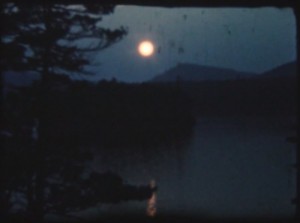
"Land of My Dreams, Joseph J. Harley, ACL, will tell you, is a simple record of fun and friends. As such, it is an attractive piece of Kodachrome, colorful in its camera work, leisurely in its pace (400 feet, 8mm.) and frankly sentimental in its outlook. Lake Saranac and the Harley summer cottage comprise the land of Joe Harley 's dreams, although his myriad friends of ten years' standing play a large part in that Elysium. You see them throughout the film, going about their fishing and boating, picnics and swimming with an infectious zest and good humor. The record is climaxed with a detailed presentation of a grand communal party, at which each of the guests is required to put on some sort of skit or bit of entertainment." Movie Makers, June 1944, 246.
Note of warning: the "communal party" referenced in the description above includes a performance in blackface.
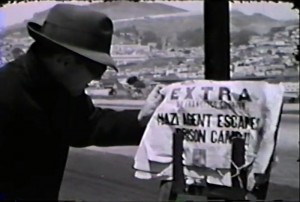
A group of children who film newsreels attempt to track down an escaped Nazi agent in their community.
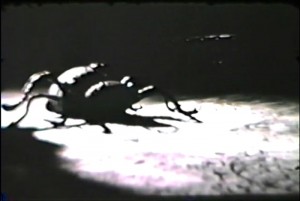
Horror film involving a family, a lodger, and the lodger's spiders.
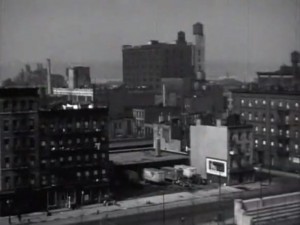
"Barstow created this depiction of the Hudson Guild, a community center in Manhattan's Chelsea District, while a "Boys' Group Worker" at the Hudson Guild Neighborhood House." Via Vimeo upload.
documentary fragments
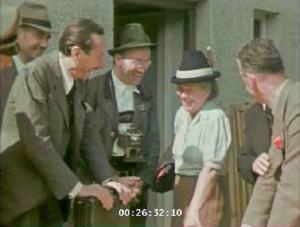
"This outing was shot by a baker who supplied bread to Dachau concentration camp. . . . Another title reads: 'Der Ausflug des BDFA, 1943' [Outing of the amateur film club, 1943]." United States Holocaust Memorial Museum.
Total Pages: 299